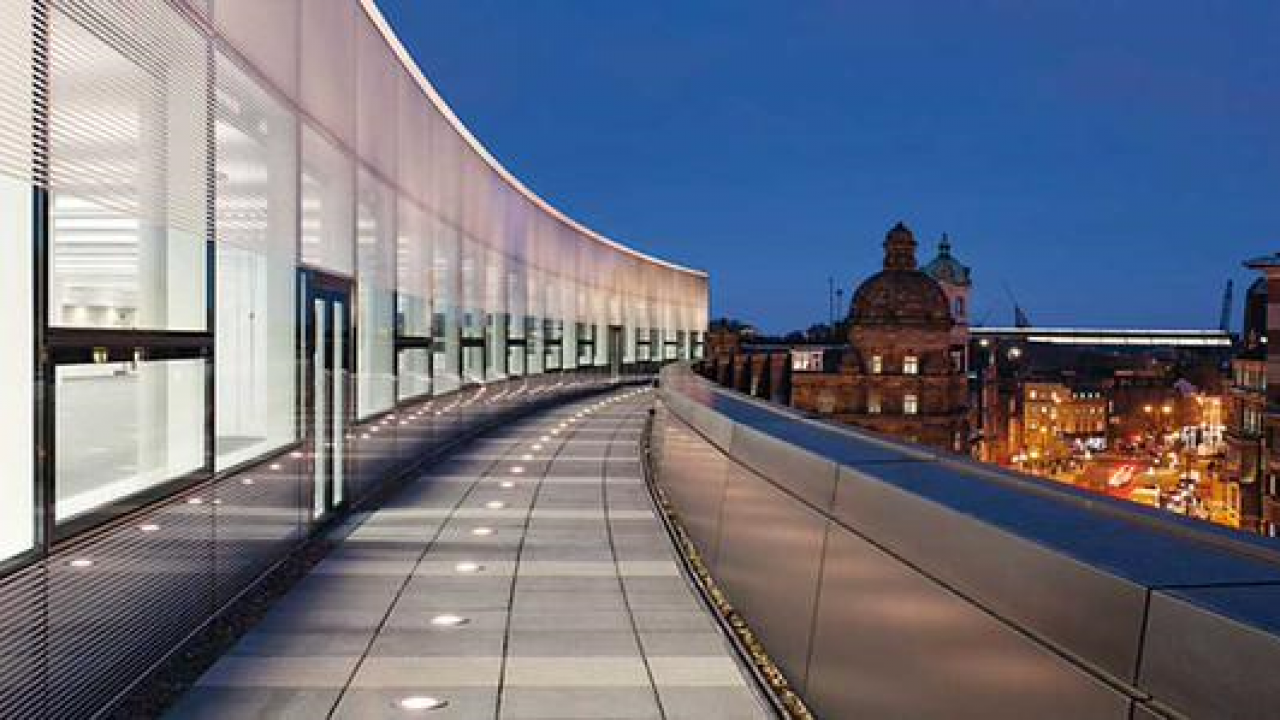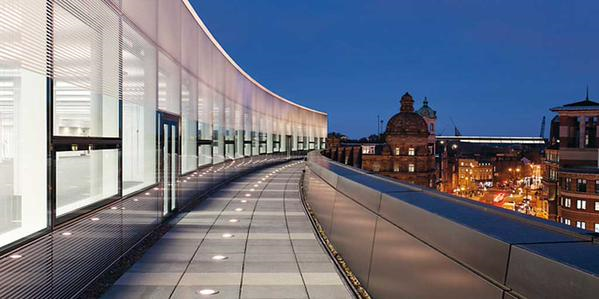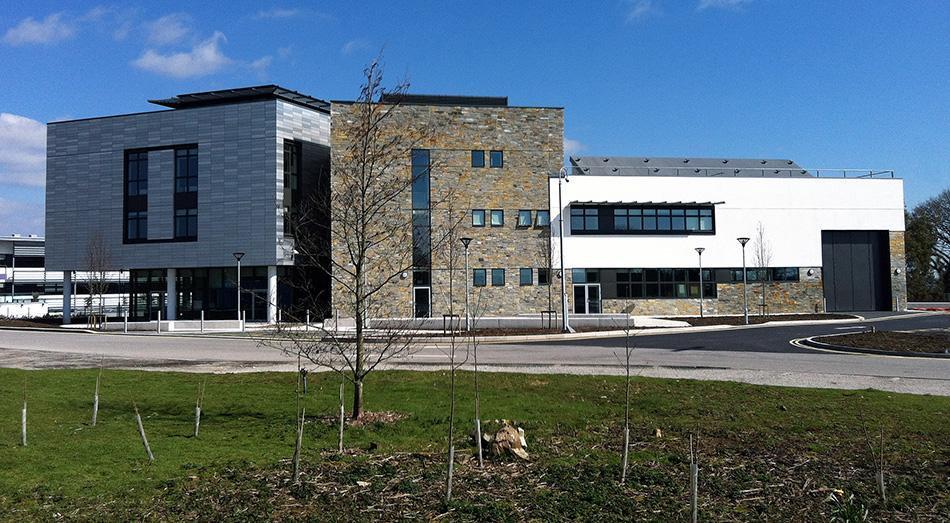

BRE celebrates more than 20,000 BREEAM Assessed Buildings
BRE’s flagship scheme has assessed more than 20,000 buildings in the UK over the last decade, significantly supporting the net reduction of the nation’s CO2 emissions.
Office buildings assessed to the BREEAM New Construction standard, present greater CO2 emissions savings: approximately 23%, higher than the regulatory baseline.
Predicted CO2 emissions savings in BREEAM Excellent rated buildings are on average 35% higher than the regulatory baseline.

The UK Climate Change Act (2008) marks its 10th anniversary this month. The legislation legally binds the UK to ensure its greenhouse gas emissions for the year 2050 are at least 80% lower than the 1990 baseline. Now, a decade later, the anniversary is a timely opportunity to take stock and assess the Act’s impact in reducing the UK’s CO2 emissions and BRE’s role in leading the built environment’s contribution.
The scale of the built environment’s contribution to national CO2 emissions is 40% of the UK’s annual total of 379 MtCO2. In ‘real world’ terms this volume of CO2 would be enough to fill Wembley Stadium 20,000 times over, or more than half a billion double decker buses.
Since 1990, based on best practice by setting the standards for construction and real estate to follow, BRE’s BREEAM has existed as a way of driving carbon saving, promoting innovation and to push the industry forward. The approach is one that many countries have followed, and it is the rating tool of choice for the London property market.
When a survey of London’s commercial real estate was last completed in 2016, 9% (1.33million sq. ft.) of office space in the Capital was BREEAM certified, outperforming all other certification standards. See BREAAM certified buildings and case studies here.
Dr Shamir Ghumra, Director of BREEAM at BRE, said: “BREEAM has been driving the goal of carbon reduction, water efficiency, and other environmental factors for 15 years longer than the period that the Climate Change Act has been in place. The scheme continues to evolve and support industry to be the best it can be.

“BREEAM does this by driving change and improving new and existing buildings and communities, by sharing best practices, not only in the UK, but also internationally. In the same way that the Climate Change Act is now emulated worldwide as an example of best practice, BREEAM is the global benchmark for buildings and communities’ assessment methodologies.”
As part of BRE’s commitment to driving change in the built environment and providing solutions to global challenges such as carbon reduction, BREEAM continues to ensure that the standard can be applied to any occupied building in the world, with versions for new buildings, existing buildings, refurbishment projects and large developments. BREEAM rating buildings include the recently unveiled US Embassy in Central London, and the largest logistics premises in Europe, constructed for Amazon, in the Czech Republic.
For each building type, the BREEAM New Construction standard, which is used to assess the environmental life cycle impact of new non-domestic buildings, provides better CO2 emissions savings against the regulatory baseline, by an average of approximately:
- 23% for offices
- 21% for retail assets, and
- 19% for healthcare buildings.
- Predicted CO2 emissions savings from building services in a BREEAM Excellent building are on average 35% higher than the regulatory baseline.
It is not only non-residential buildings that BREEAM certifies. BRE’s Home Quality Mark (HQM) scheme rates new homes on their overall quality and sustainability, then provides further indicators on the homes’ impact upon the occupants’ running costs, wellbeing and environmental footprint. This enables the occupants to be assured of the home’s quality, and housebuilders to showcase their high-quality products.
BREEAM also innovates to drive the market forward. For example, it has set minimum requirements for lighting efficiency and maximum capacities for WC cisterns. In 1986, a toilet cistern typically held nine litres of water, more than four times the recommended minimum adult daily water intake. In 1997, BRE demonstrated that a well-designed WC could operate effectively with as little as 3.5 litres.
By 1997, the uptake of these more efficient systems became so widespread that this performance level became a regulatory standard. Today, low flush WCs are ubiquitous. Despite criticism at the time, the efficiencies from WC installation within dwellings alone have saved countless millions of litres of water and tonnes of CO2 as a consequence of water treatment in the UK.
Dr Ghumra added: “The UK low carbon environmental goods and services market generates £121.7bn in sales and employs more than 460,000 people taking its supply chains into account. Through our BREEAM family of schemes, and accelerated by the Climate Change Act, BRE is continuing to play a leading role in driving forward the UK’s low carbon economy that is being exported globally, primarily through professional services.”

